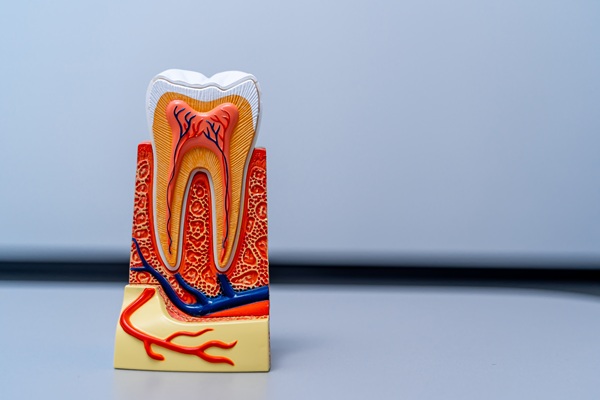Possible Complications of Root Canals and How to Avoid Them

Root canals effectively treat infections or damage inside a tooth, offering a chance to save the tooth and restore oral health. While these procedures are widely successful, understanding the potential risks can help patients feel more confident and prepared. Knowing how to avoid complications is important in ensuring the best possible outcome.
What are the potential issues with root canals?
Root canals involve carefully removing the infected or damaged tissue inside a tooth, cleaning the area, and sealing it to prevent further problems. While most patients heal smoothly, some may experience temporary discomfort, such as tenderness or swelling. This is a normal part of the healing process and often subsides with proper care and medication.
However, complications may arise in some cases. For instance, reinfection can occur if bacteria find their way back into the tooth due to an incomplete seal or an undetected canal. Cracks in the tooth can also allow bacteria to reenter, potentially leading to additional treatment. Another issue could involve the tooth's structural integrity, especially if it is weak after the procedure. Without proper reinforcement, such as a dental crown, the probability of the tooth fracturing under normal chewing forces greatly increases.
How to minimize risks and promote healing
Preventing complications involves thorough preparation and skilled treatment. During the planning stage, a detailed examination and imaging ensure all canals receive proper attention. Advanced tools, such as digital X-rays, provide a clear view of the tooth's structure, helping to identify hidden canals that may require treatment.
Further, following the dentist's care guidelines is critical to minimizing risks. For example, they may instruct patients to avoid chewing on the treated tooth until it is fully restored, reducing the chance of fractures. They may also advise on maintaining daily oral hygiene, including brushing, flossing, and keeping the area clean to reduce the likelihood of reinfection.
Follow-up care is another essential component. Regular appointments allow the dentist to monitor progress and address any potential concerns early. Staying proactive with dental care promotes better outcomes, helping ensure long-term success and the health of the treated tooth.
The importance of restoring the tooth
For many patients, the next step after a root canal is placing a dental crown on the treated tooth. Crowns are vital because they protect the tooth from damage and provide additional strength, especially for back teeth that handle heavy chewing. A crown, a custom, tooth-shaped cap, acts as a shield, reducing the risk of fractures and ensuring the tooth can function normally. Without a crown, the treated tooth may remain vulnerable, increasing the chances of complications.
Call us for more information
Root canals offer an excellent solution for saving a damaged or infected tooth, but understanding the process and potential risks can make the experience smoother. Patients who follow the dentist's guidance, stay consistent with aftercare, and take steps like getting a crown can enjoy lasting results. If you have questions about the root canal process or how to care for them, contact Brookfield Family Dentistry:Thomas Tang DDS for more information.
Request an appointment here: https://www.tangdds.com or call Brookfield Family Dentistry:Thomas Tang DDS at (262) 200-8000 for an appointment in our Brookfield office.
Check out what others are saying about our dental services on Yelp: Root Canal Treatment in Brookfield, WI.
Related Posts
Dentists recommend root canal treatment for damaged, diseased, or infected teeth. The treatment aims to eliminate bacteria within the tooth's pulp and save a patient's natural teeth. After a tooth matures, it no longer requires the pulp for nourishment. The dentist removes the infected pulp, disinfects the inside, and seals it to prevent reinfection.Decay and…
Cracked teeth are not enjoyable to deal with, and oftentimes, they require a root canal from a general dentist. Thankfully, dental technology has improved over the years, and having a root canal done is not so bad after all. The procedure itself is pretty straightforward and is quite beneficial for a cracked tooth. Continue reading…
A root canal is a restorative procedure that can save a tooth from severe infection. If you are experiencing extreme pain in your mouth, you may need this treatment. This is no process to dread despite what you have heard about it. Your dentist will take great care to make you feel at ease. Do…
Dental health professionals are responsible for providing a safe environment for emergency dentistry procedures during the Coronavirus (COVID-19) disease outbreak. Considering the risks of cross-infection in dental offices, the American Dental Association and the Center for Disease Control (CDC) have developed guidelines to control infections during any emergency dentistry care. This includes a thorough cleaning…
